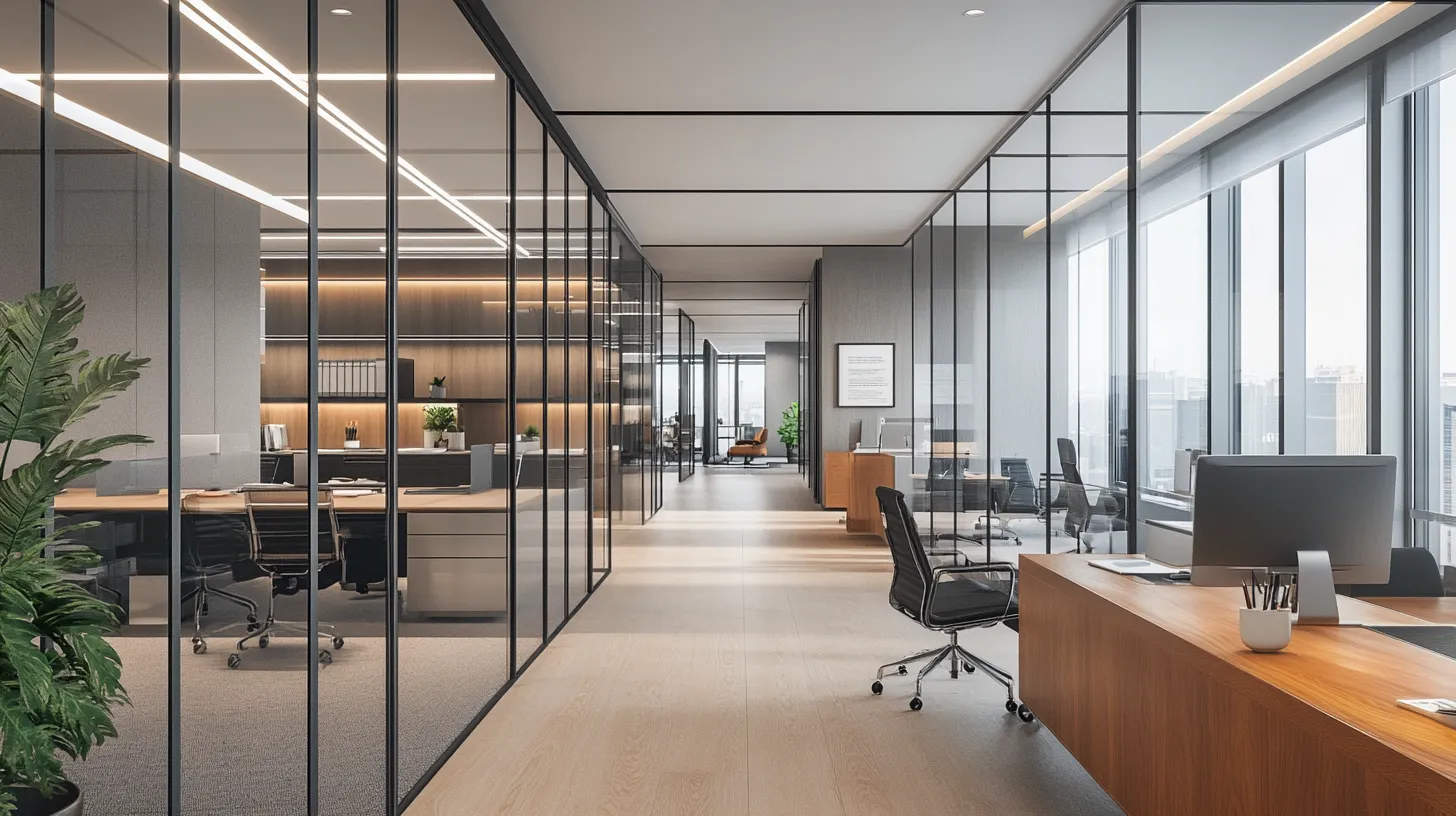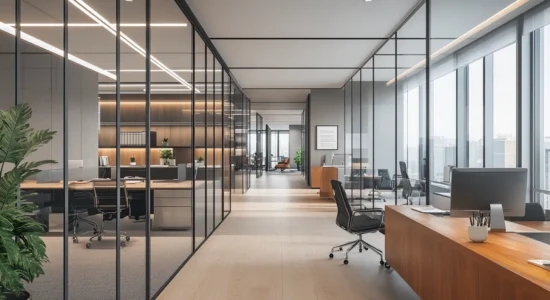1. Introduction
Choosing the right workspace is a pivotal decision for businesses, impacting productivity, culture, and costs. In the UK, two common options are business centers and traditional offices. While traditional offices have long been the preferred choice for many companies, business centers have emerged as a flexible, modern alternative. This article delves into the key differences between these two options, helping businesses identify the right fit for their needs.
2. What Are Business Centers?
Business centers, also known as serviced offices, are fully equipped workspaces that offer businesses the opportunity to lease office space on a flexible basis. These centers typically include shared facilities, such as reception areas, meeting rooms, and break spaces, alongside private offices or desks for individual businesses.
Services Offered by Business Centers:
- Fully furnished workspaces
- Shared reception and administrative support
- Access to meeting and conference rooms
- IT and telecommunications infrastructure
- Flexible lease terms, often starting from one month
- Utilities and maintenance included in the rent
Examples of Popular Business Centers in the UK:
- WeWork (various locations in London and Manchester)
- Regus (nationwide coverage)
- The Office Group (TOG) (specializing in boutique spaces)
Business centers are ideal for startups, freelancers, and businesses seeking a professional environment without long-term commitments.
3. What Are Traditional Offices?
Traditional offices are long-term leased spaces that businesses can customize according to their specific needs. These offices offer independence and control, making them a popular choice for established companies.
Key Features of Traditional Offices:
- Long-term lease agreements, typically lasting 3-10 years
- Fully customizable layouts and designs
- Responsibility for managing utilities, maintenance, and facilities
- Larger spaces for teams with specific requirements
Companies That Prefer Traditional Offices:
- Large corporations requiring bespoke setups
- Businesses with stable operations and predictable growth
- Companies seeking brand visibility and personalized space
Traditional offices suit businesses with long-term stability and the financial resources to invest in property management.
4. Key Differences
| Aspect | Business Centers | Traditional Offices |
| Flexibility | Short-term leases, often monthly | Long-term leases, spanning years |
| Cost | All-inclusive pricing | Separate costs for rent, utilities, etc. |
| Amenities | Shared facilities, ready-to-use | Tenant-managed, customizable amenities |
| Customization | Limited customization | Full control over layout and design |
| Scalability | Easy to scale up or down | Limited by lease agreements |
| Maintenance | Handled by the provider | Tenant’s responsibility or outsourced |
5. Advantages and Disadvantages
Business Centers:
- Advantages:
- Flexible lease terms
- Cost-effective for small businesses or short-term needs
- Fully serviced and ready to use
- Disadvantages:
- Limited customization
- Higher cost per square foot compared to long-term leases
Traditional Offices:
- Advantages:
- Complete control over design and branding
- Better suited for long-term, stable operations
- Larger spaces available for bigger teams
- Disadvantages:
- High upfront costs and commitments
- Less flexible for rapidly changing businesses
6. Who Should Choose Which Option?
Business Centers:
- Startups and freelancers
- Project-based teams or short-term operations
- Businesses testing new markets
Traditional Offices:
- Established companies with long-term stability
- Businesses with specific customization needs
- Large teams requiring expansive space
7. Current Trends in the UK
The rise of hybrid and remote work models has driven demand for flexible workspaces like business centers. Companies increasingly value the ability to scale operations quickly, leading to a growing preference for serviced offices. Traditional offices remain relevant but are now seen more as a long-term investment for established firms.
8. Conclusion
Deciding between a business center and a traditional office depends on your company’s needs, growth trajectory, and budget. Business centers offer unmatched flexibility and convenience, while traditional offices provide control and stability. By understanding the key differences, businesses can make informed decisions to secure the perfect workspace.
FAQ
1. What is the main benefit of choosing a business center over a traditional office?
Business centers offer flexibility, with short-term leases and all-inclusive pricing. They are ideal for businesses seeking a ready-to-use, professional workspace without long-term commitments.
2. Are traditional offices more cost-effective than business centers?
While traditional offices often have a lower cost per square foot, they require significant upfront investments in furniture, utilities, and management. Business centers, despite higher per-square-foot costs, bundle services for convenience.
3. Can I customize my space in a business center?
Customization in business centers is limited due to shared facilities and pre-designed layouts. Traditional offices, however, allow complete freedom to tailor the space to your brand and needs.
4. Which option is better for a startup?
Business centers are generally better for startups due to their flexibility, lower upfront costs, and short-term commitments. They provide professional environments without the financial burden of long-term leases.

